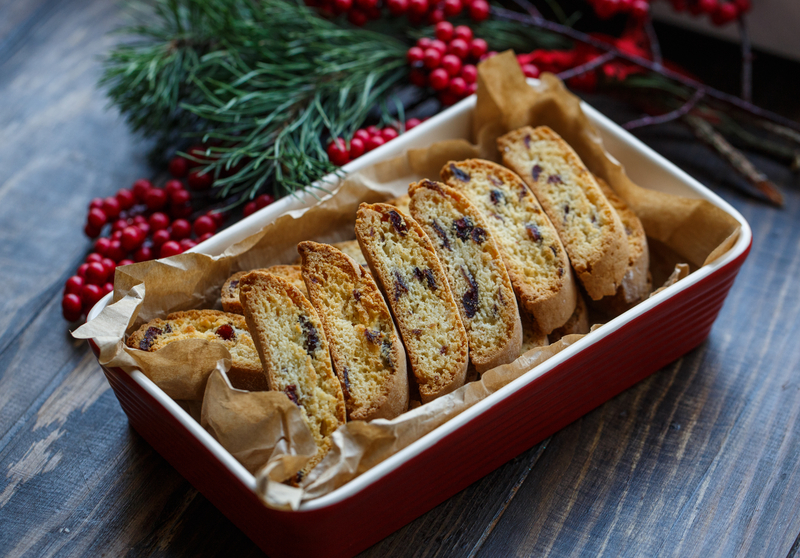 Baking enthusiasts and home cooks often find themselves faced with the dilemma of choosing the right bakeware for their culinary adventures.
Baking enthusiasts and home cooks often find themselves faced with the dilemma of choosing the right bakeware for their culinary adventures.
Among the myriad of options available, porcelain and ceramic baking dishes stand out as popular choices.
While these materials share similarities, they also have distinct characteristics that can influence your baking experience.
In this article, we’ll explore the key differences between porcelain and ceramic baking dishes to help you make an informed decision for your kitchen.
Material Composition
- Porcelain
Porcelain is a type of ceramic made by heating materials like clay at extremely high temperatures.
It is known for its refined and delicate appearance, often featuring a smooth and glossy finish.
Porcelain is more durable than standard ceramics due to its higher firing temperature, making it resistant to chipping and cracking.
- Ceramic
Ceramic baking dishes are crafted from various types of clay and minerals, and they undergo a firing process at lower temperatures than porcelain.
This results in a slightly coarser finish compared to porcelain.
While ceramic dishes are generally sturdy, they may be more prone to chipping and breakage than their porcelain counterparts.
Heat Distribution and Retention

- Porcelain
One notable advantage of porcelain baking dishes is their excellent heat distribution.
The high firing temperature ensures even heat distribution across the dish, promoting consistent baking.
Additionally, porcelain has good heat retention properties, allowing your dishes to stay warm for longer periods.
- Ceramic
Ceramic dishes also provide good heat distribution, but they may not be as effective as porcelain in maintaining consistent temperatures.
While ceramics retain heat reasonably well, they may cool down more quickly than porcelain, affecting the serving temperature of your culinary creations.
Appearance and Design
- Porcelain
Porcelain baking dishes are celebrated for their elegant and refined appearance.
The smooth, non-porous surface makes them easy to clean and resistant to stains.
The glossy finish of porcelain allows for a more sophisticated presentation, making these dishes ideal for serving dishes straight from the oven to the table.
- Ceramic
Ceramic baking dishes come in a wide range of designs and finishes.
They may have a more rustic or textured appearance compared to the sleekness of porcelain.
While ceramics may be more prone to staining, their diverse styles make them a versatile choice for both casual and formal dining settings.
Price Consideration

- Porcelain
Due to the higher firing temperatures and manufacturing processes, porcelain baking dishes tend to be pricier than their ceramic counterparts.
However, the increased durability and refined appearance may justify the higher cost for those seeking a long-lasting and aesthetically pleasing option.
- Ceramic
Ceramic baking dishes are generally more budget-friendly, offering a cost-effective solution for home cooks.
While they may not boast the same level of refinement as porcelain, ceramic dishes are available in various price ranges, making them accessible to a broader audience.
Bottom Line – What is the Difference Between Porcelain and Ceramic Baking Dishes?
In the end, the choice between porcelain and ceramic baking dishes depends on your individual preferences, cooking style, and budget.
If you prioritize a refined appearance, excellent heat distribution, and long-term durability, porcelain may be the ideal choice.
On the other hand, if you seek affordability, diverse design options, and don’t mind a slightly coarser finish, ceramic baking dishes can be a practical and stylish addition to your kitchen.
Whatever you choose, both materials offer unique benefits that can enhance your baking and cooking experience.


